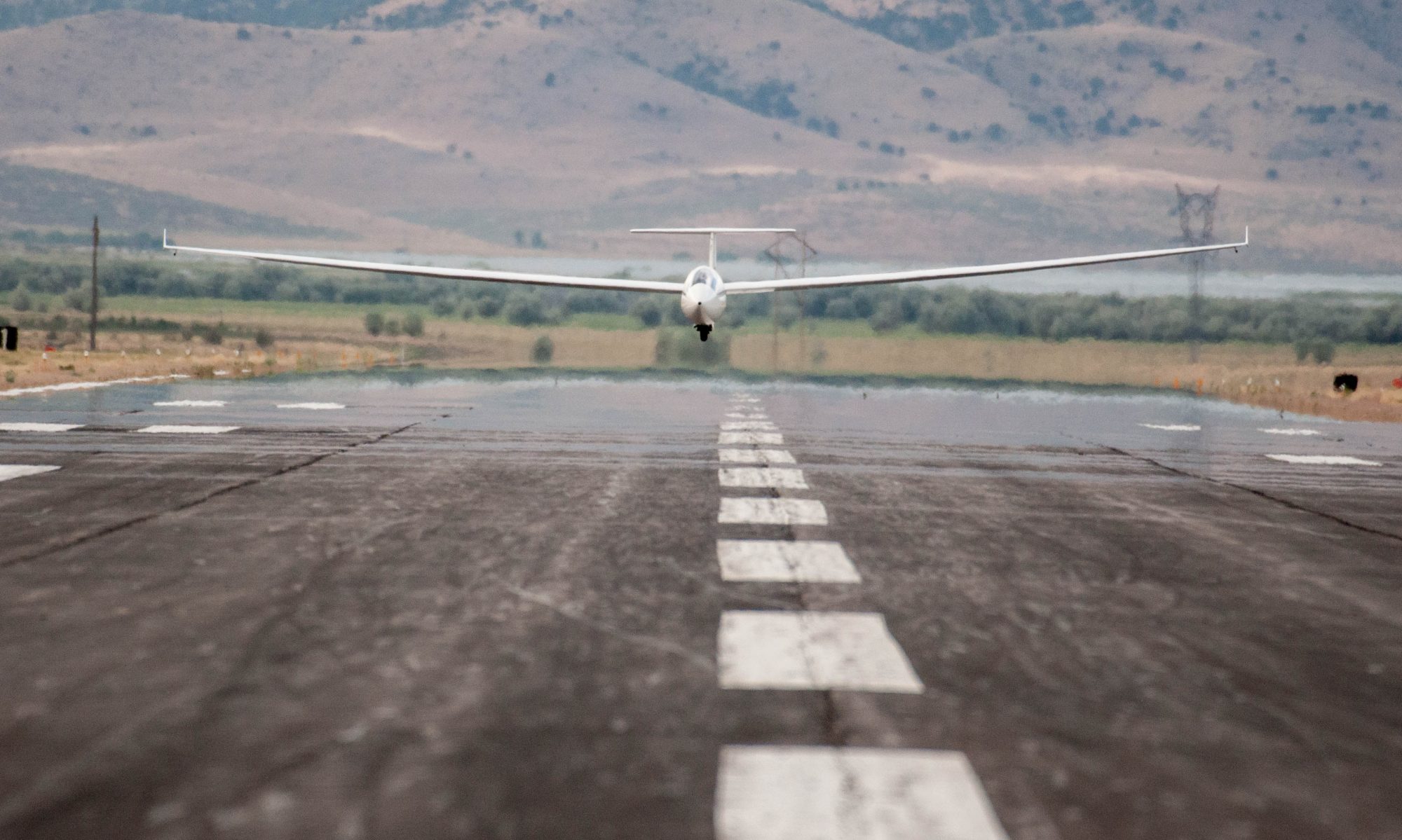After nine months living in Boulder I have learned that the weather in Colorado is generally nice, but also fickle and variable: one day you experience 80 degree heat and brilliant sunshine and the next morning you wake up to a foot of snow on the ground … which melts at an astonishing rate such that you might return to the tennis court in shorts on the same afternoon. Nobody seems to store their winter or their summer wardrobe for it’s not unusual to need t-shirts and snowshoes in the same week.
However, although warm and cold days can happen in any season, the differences between summer and winter are still profound: the length of daylight, the level of humidity, the location of the jet stream (and hence the direction and strength of the prevailing winds) are highly seasonal.
Local soaring pilots will tell you: summer is monsoon season, winter is wave season. You can fly all year round. The best soaring is often in late Spring or early Fall.
But what exactly does this mean? I wanted to take a look at some data. How many days per month can you go soaring? When are the longest distances flown? When can you go cross-country? Fortunately, Boulder pilots have been pretty good about uploading their flights to the OLC website. There is a treasure trove of information: more than 10 years of data, in fact. That’s almost 3,500 flights that were uploaded to OLC.
So here is what I learned:

So, it’s easy to see that, yes, one can fly in every month of the year. From May to September roughly every other day is soarable. However, in the winter months this is true for only about one day in six.
(Important caveat: I suspect that there were good soaring days when nobody had time to go soaring. It’s also possible that on some soaring days no-one uploaded their flights to the OLC. If either or both of that is true, the implication is that many more days may be soarable throughout the year.)

From March through November it is usually not a problem to stay up: the vast majority of flights in these months (ranging from 81%-85%) exceeded one hour in length (defined in the chart as “Soaring Flights”). Not so from December through February: not only are far fewer flights attempted in these months, one third of the time the flight duration ends up being less than one hour (and that is only for flights that were uploaded to OLC).
The contrast is even starker if you look at the percentage of cross country flights. From April through September about 50% of flights are longer than 200 kilometers, whereas in December and January that percentage drops to well below 10%.

This is also reflected in the attainable flight distance: flights exceeding 1,000 kilometers have been achieved from May through August with April and September not far behind. The average flight distance of all uploaded flights exceeded 200 kilometers in each month from April through September.
Not surprisingly, the attainable flight distance is shortest from December through February with the average being below 100 kilometer.

Summary
Based on this analysis the soaring year in Boulder can be grouped into three seasons:
- The “Peak Soaring Season” from May through the end of September (five months)
– About 50% of all days are soarable
– Staying up is usually not a problem (more than 80% of flights exceeded one hour)
– The average flight distance was well above 200km and 50% of flights were longer than 200km
– More than two thirds of all soaring flights and almost 80% of all XC flights were in these five months
- The “Low Season” from November through March (five months). Flying is possible in every month. However, November through March (and especially December and January) tend to be the most difficult.
– Only 4-8 days per month were soarable (i.e. flights of more than one hour were attained)
– Approx. 30% of flights uploaded to the OLC lasted less than one hour.
– While a few XC flights were achieved, the average flight distance was below 100 kilometers.
– 16% of all soaring flights and only 7% of all XC flights were in these five months.
- The “Shoulder Season” comprised of the two months April and October in-between the Peak Season and the Low Season
– Approx. one in three days is soarable
– Staying up on these days is usually not a problem (more than 80% of flights were longer than one hour)
– Going cross-country is definitely possible on good days. The average flight distance was over 200km for April and 150km for October.
– 16% of all soaring flights and 14% of all XC flights were in these two months.

